Why Strength Training is Essential for Runners
Strength training is a must if you want to improve as a runner. It’s not just about injury prevention—though that’s a big part of it—it actually makes you a more efficient and powerful runner.
At Runna, we’ve collected data from runners who supplement their running plans with our strength training plans. The results speak for themselves: runners who incorporate strength training into their plan are 6% more likely to hit a personal best. We’ve also seen that strength training improves running economy by 8-12%, meaning you can maintain speed with less effort.
When you run, your calf muscles absorb up to 11 times your body weight, while your quads take on up to four times. If your muscles aren’t strong enough to handle these forces, stress shifts to your bones and joints, increasing the risk of injuries like stress fractures and tendonitis.
How Runna’s Strength Training Fits into Your Plan
Runna’s strength plans are designed to complement your running schedule, ensuring you build strength without compromising performance.
-
Personalized strength workouts based on your ability and available equipment
-
Options for bodyweight, kettlebell, dumbbell, or gym-based training
-
Sessions designed to improve running performance and prevent injuries
To get started, go to Manage Plan and configure your Strength Plan.
How Many Strength Sessions Should Runners Do?
Your ideal strength training volume depends on your running schedule and recovery needs. Runna allows you to select how many sessions per week to incorporate into your plan.
Strength Training to Support Your Running
Within your Runna plan, you have the flexibility to tailor your strength goal to enhance either your running performance or overall strength. By choosing the 'Running Focus' option, your strength sessions will prioritize lower body and core strength, directly benefiting your running performance.
If you opt for 'All Round Strength', you will be set strength sessions that target your full body (this will still complement your running!). You can choose how many strength sessions to be added to your plan:
Running Focus
-
1 session per week: Legs and Core
-
2 sessions per week: Full Body, Legs and Core
-
3 sessions per week: Full Body, 2x Legs and Core
-
4 sessions per week: Full Body, 2x Legs and Core, Upper Body
All Round Strength
-
1 session per week: Full Body
-
2 sessions per week: Legs and Core, Upper Body
-
3 sessions per week: Full Body, Legs and Core, Upper Body
-
4 sessions per week: 2x Full Body, Legs and Core, Upper Body
Strength Training Basics for Runners
If you’re new to strength training, start with fundamental movements that build functional strength for running.
When building your strength plan with Runna, you can select your current ability, and we’ll start you off on the right foot.
Focus on good form first, and don’t worry about lifting heavy right away. You can begin with bodyweight or light weights to perfect movement patterns. Increase resistance only once your form remains solid under load. Having proper technique is key to avoiding injuries and maximizing gains.
Choosing the Right Weight for Strength Training
When selecting the right weight, the goal is to challenge your muscles while maintaining good form and ensuring your body recovers well for your next run. You know you’ve got it right when:
-
You can maintain good form – If you’re swaying, losing control, or struggling to complete a movement properly, the weight is too heavy. If it feels too easy, it’s too light.
-
The last few reps feel tough but doable – You should feel challenged by the last 2-3 reps but still in control. A good rule: if you’re aiming for 8 reps, pick a weight where you could push out 1-2 more reps if needed, but not many more.
-
You’re not overly sore the next day – Some soreness is normal, but if you’re too sore to run comfortably, the weight was likely too heavy.
-
You can progress gradually – If a weight feels easy after a few sessions, increase it slightly to keep making progress.
For runners, lifting at 85-95% of what you could maximally lift for the given reps is the sweet spot—it allows you to build strength while still being fresh enough for your next workout.
Increase Resistance Gradually
Strength gains happen when you gradually increase resistance over time. Once an exercise feels too easy, progress your weight to continue improving.
Conclusion
Strength training strengthens muscles, tendons, and bones, reducing the risk of injury while improving running efficiency. It boosts power for hills and sprints, enhances endurance for longer runs, and supports recovery by correcting imbalances and preventing fatigue-related injuries.




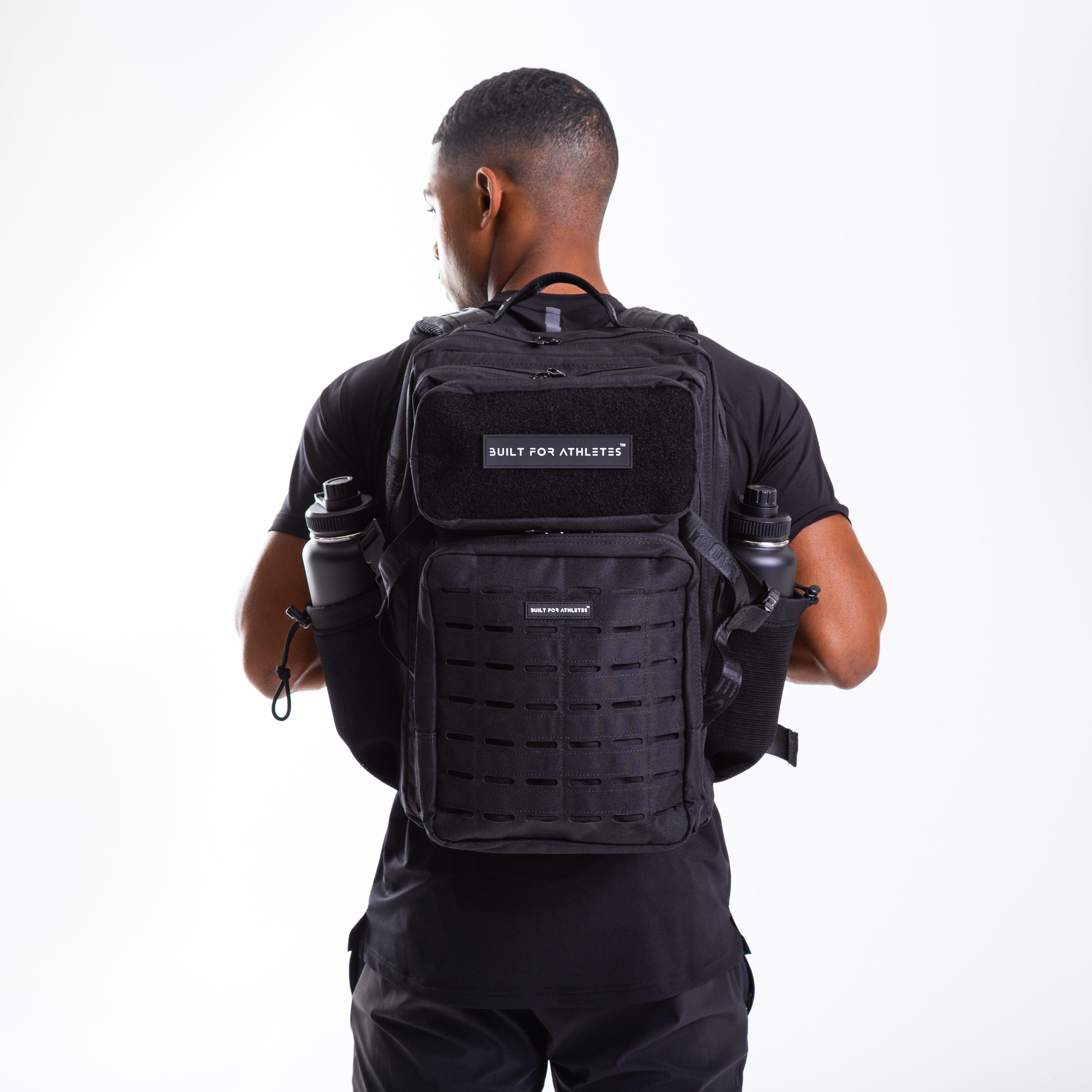
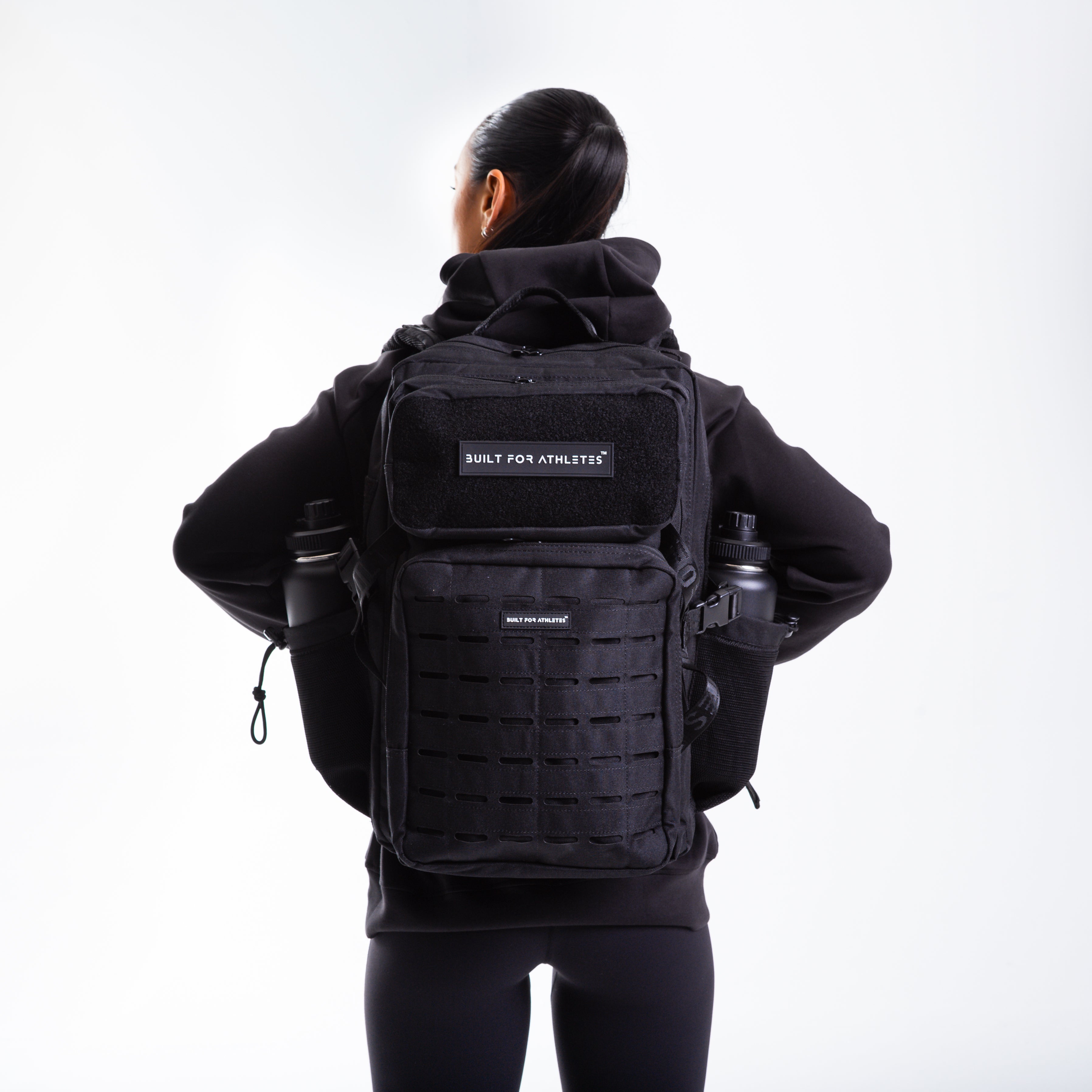
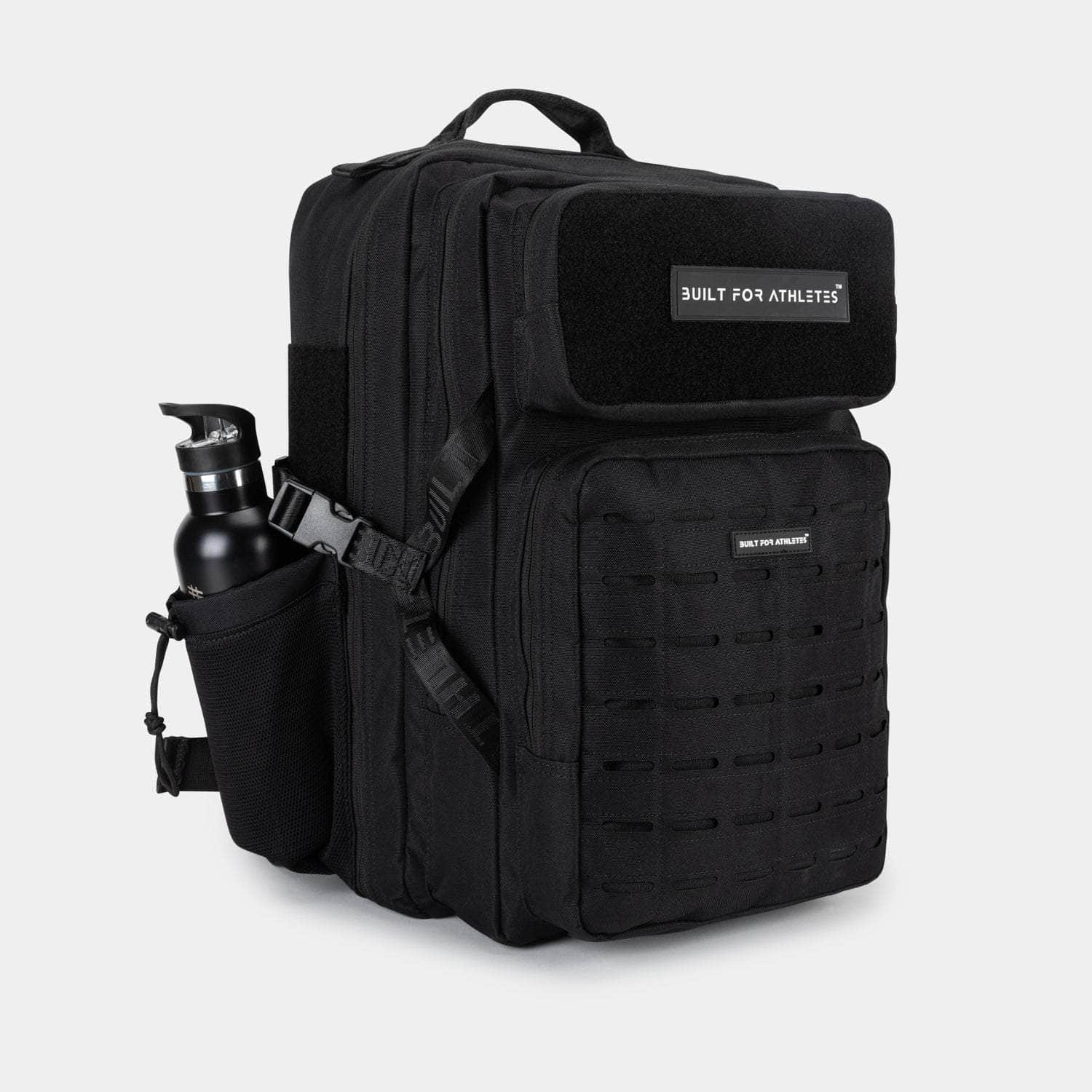





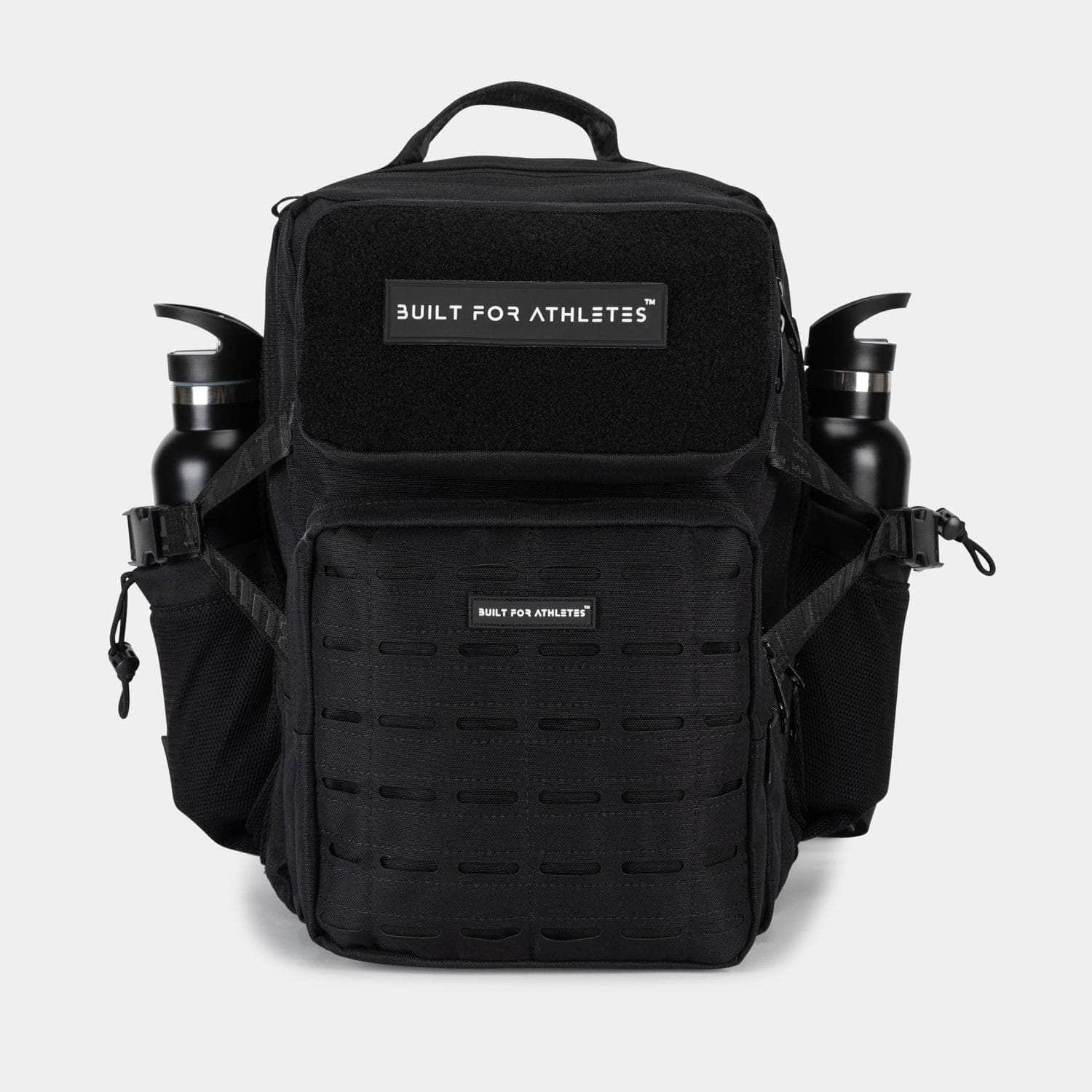
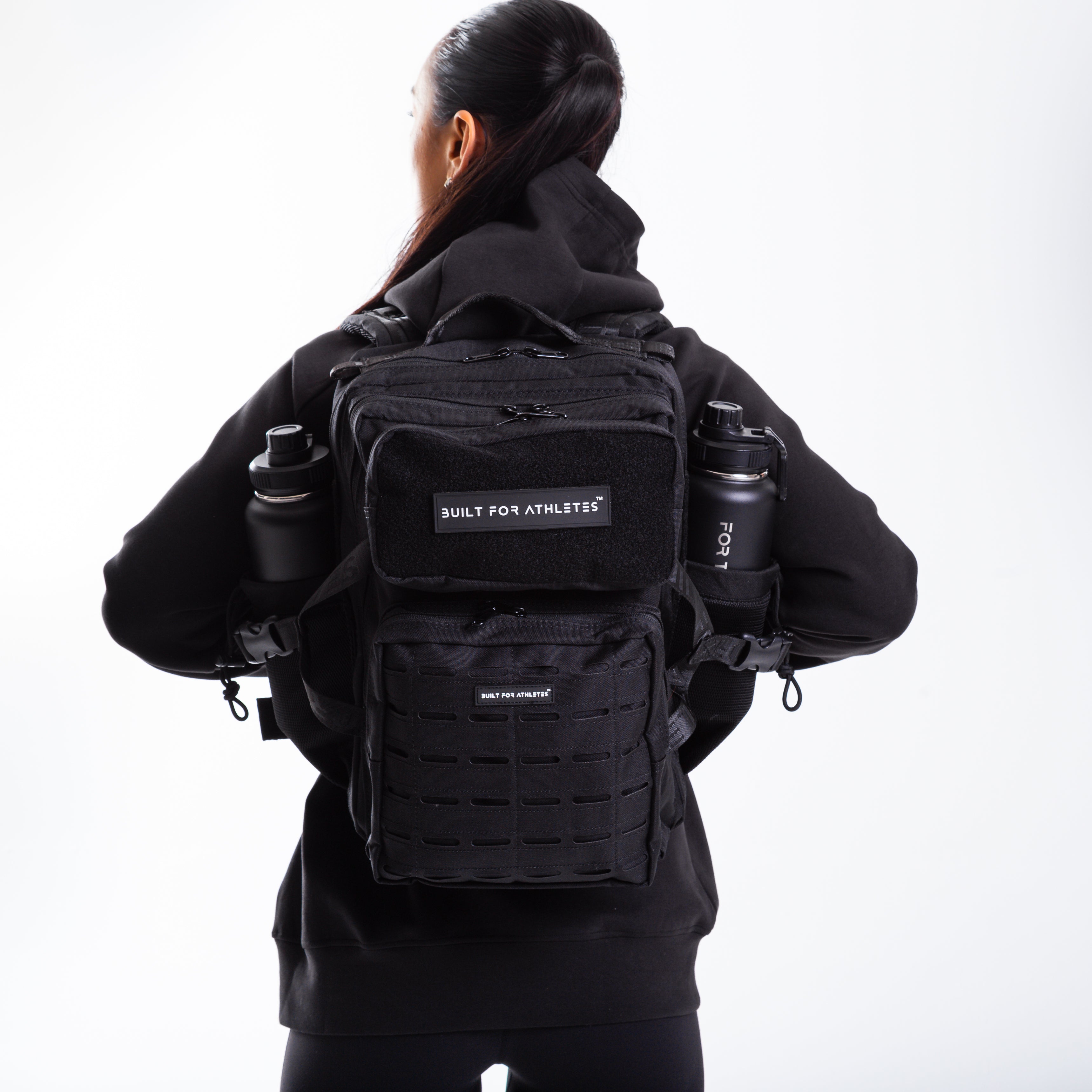
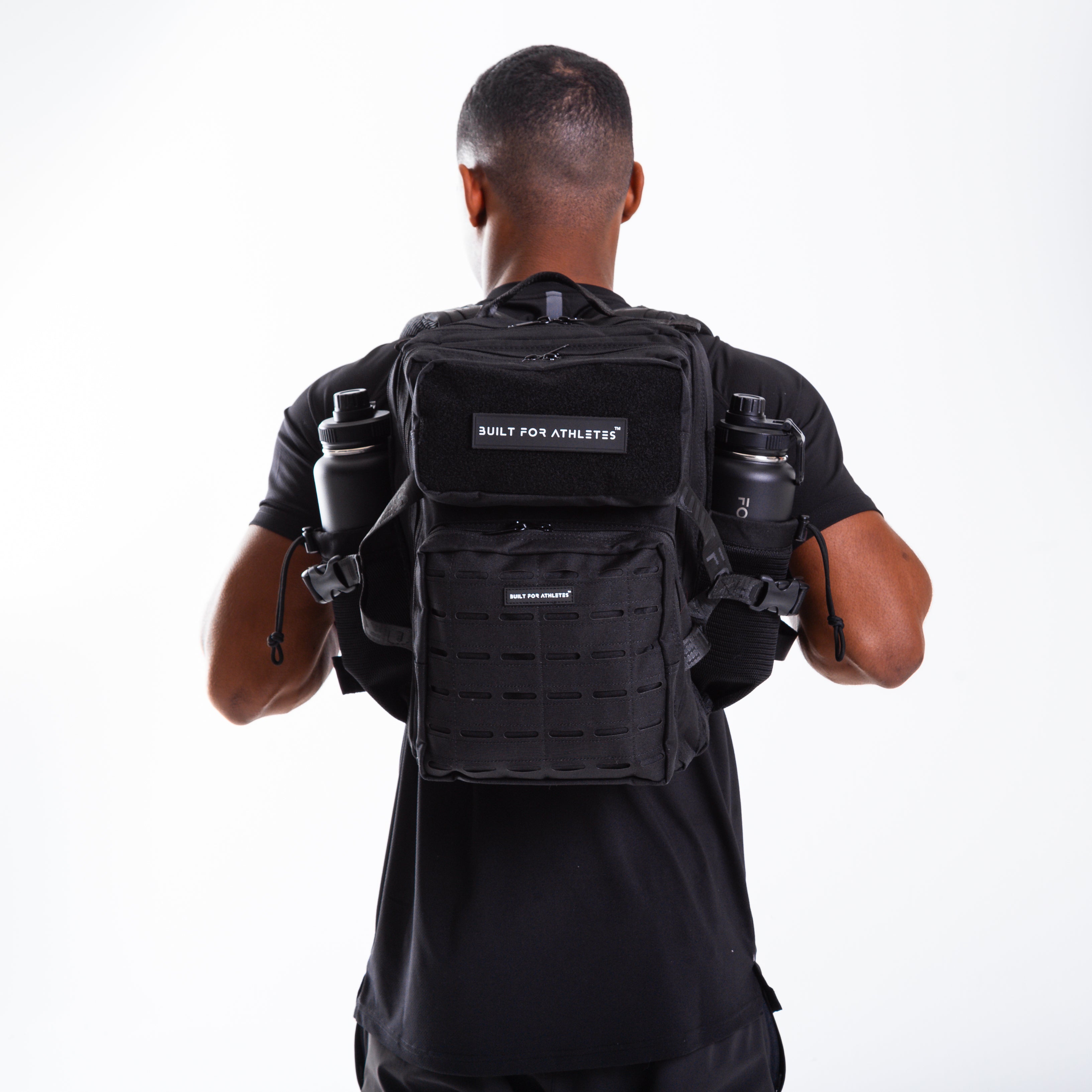
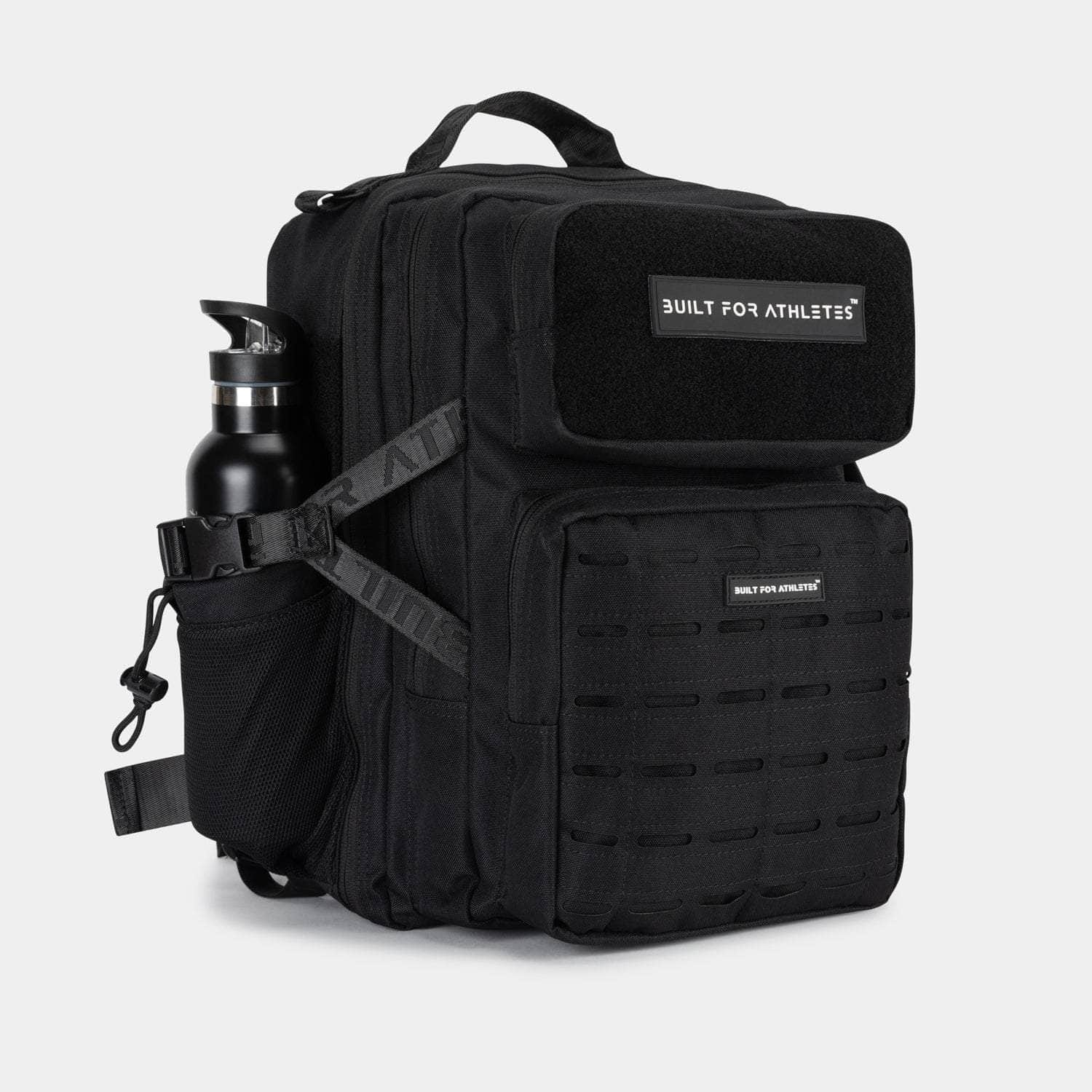



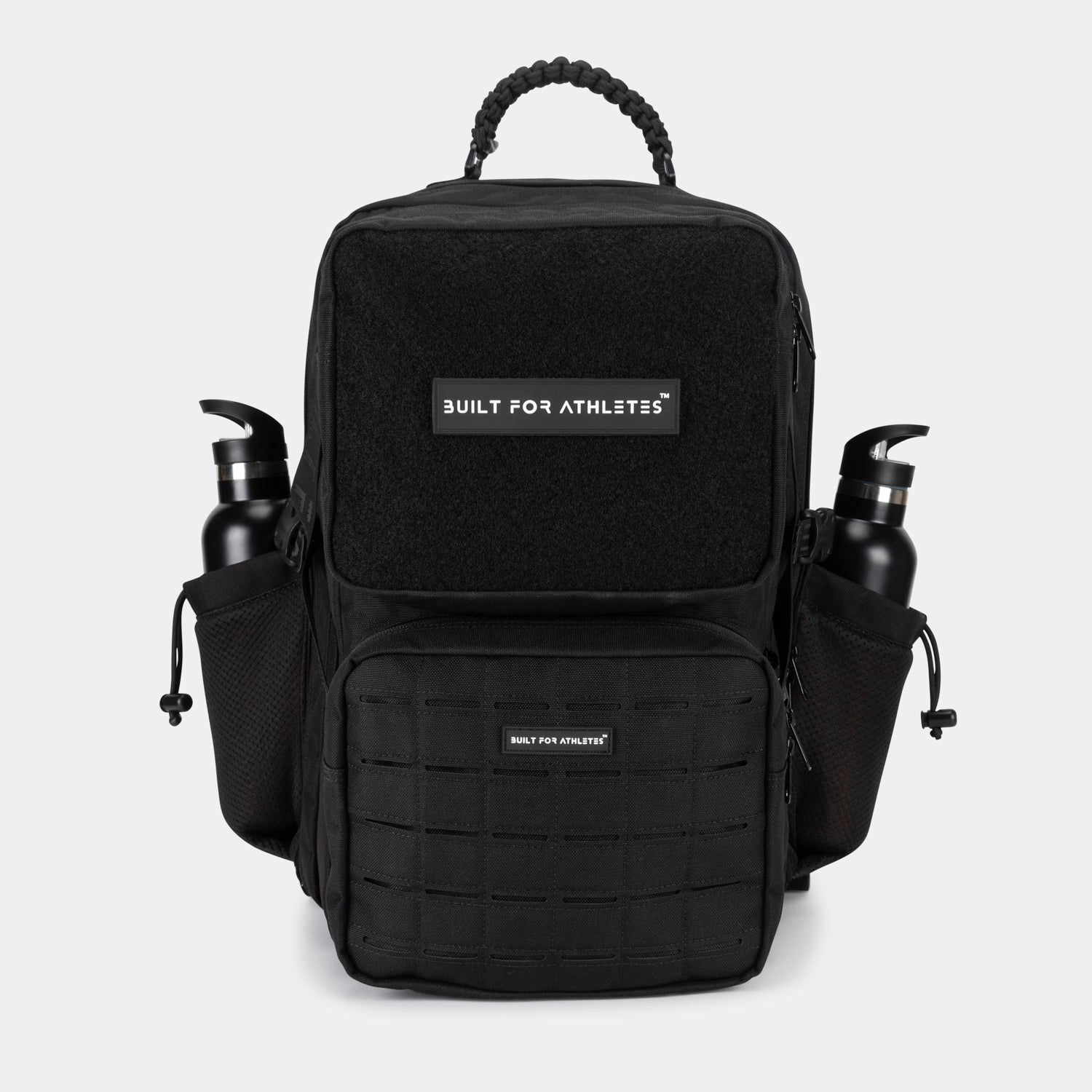
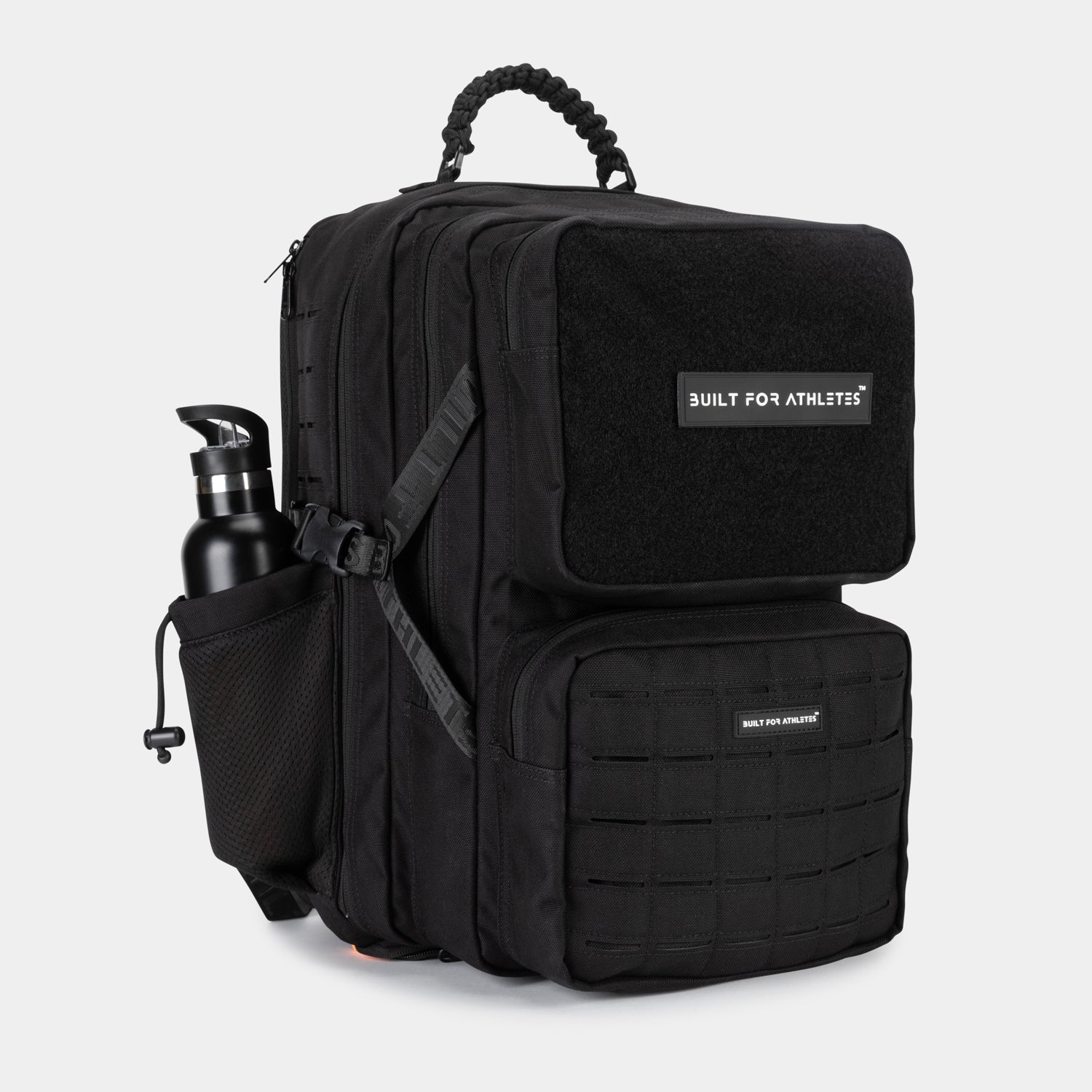










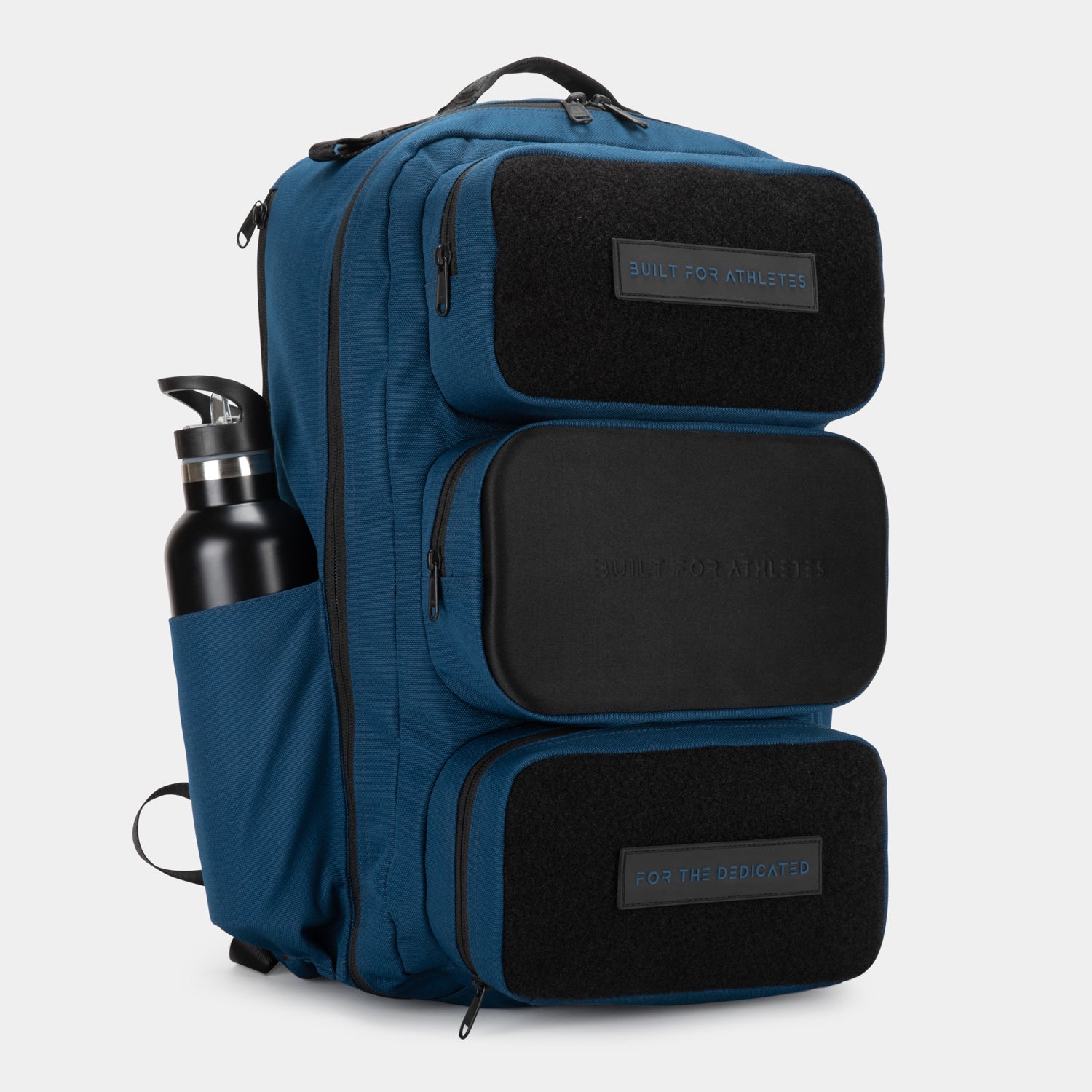

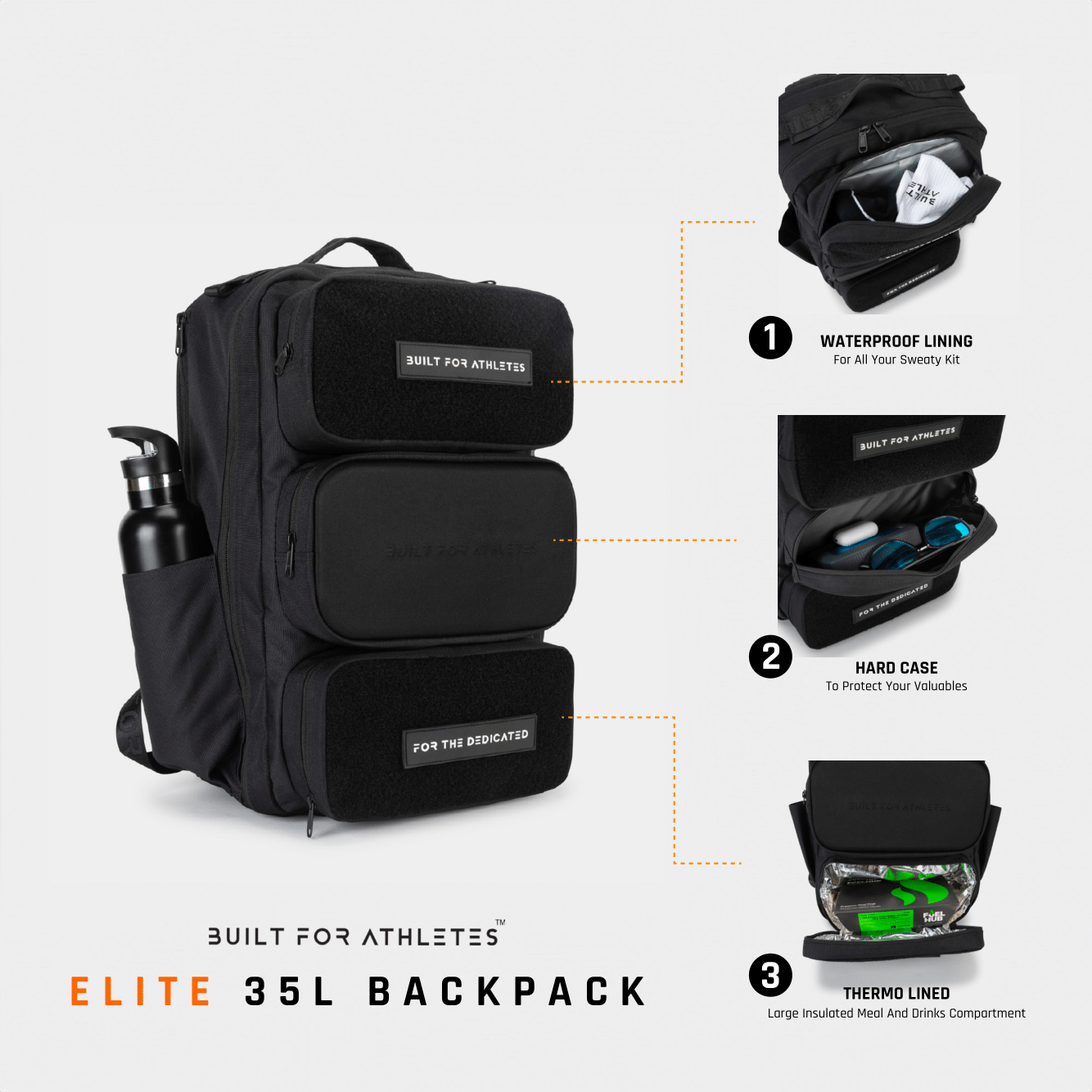




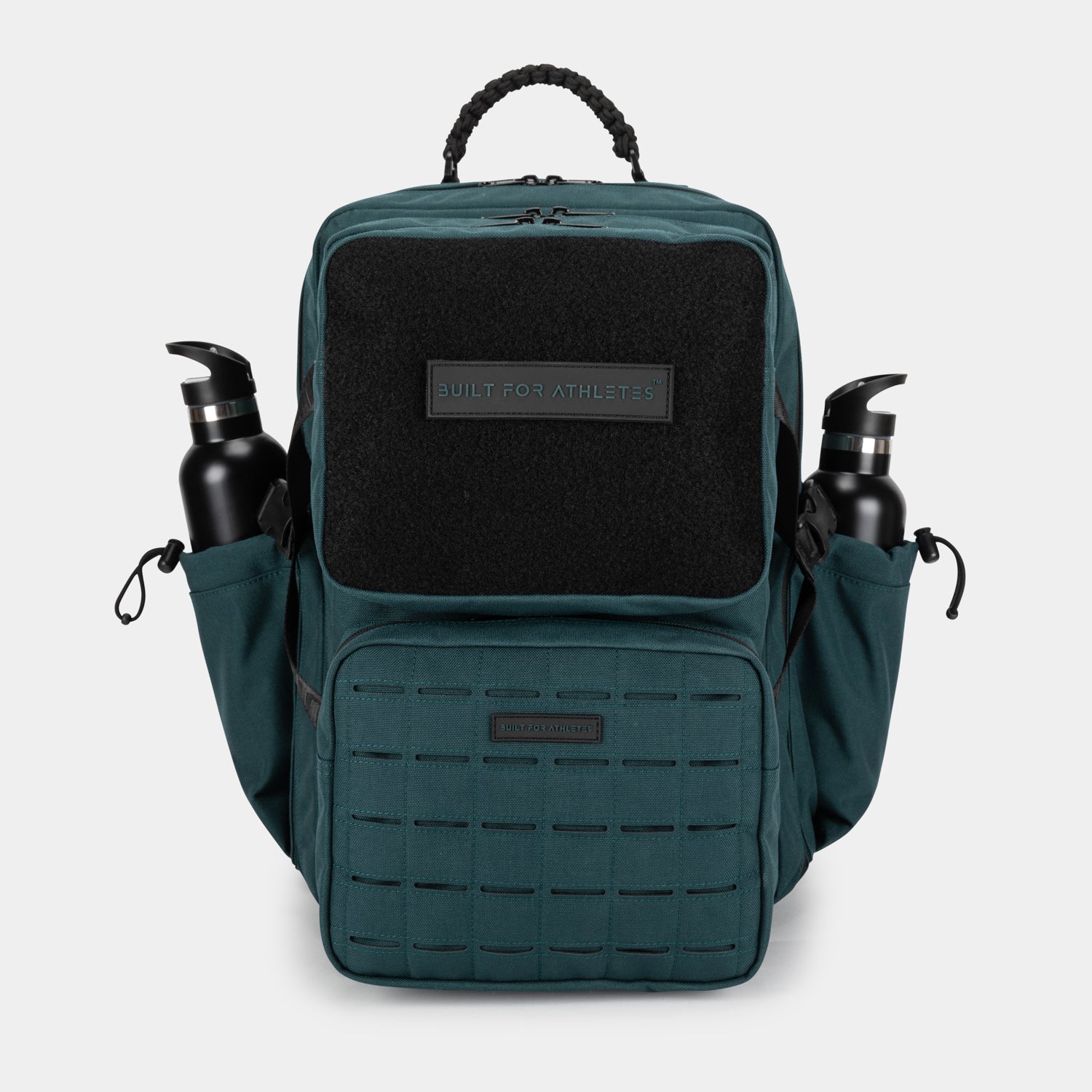


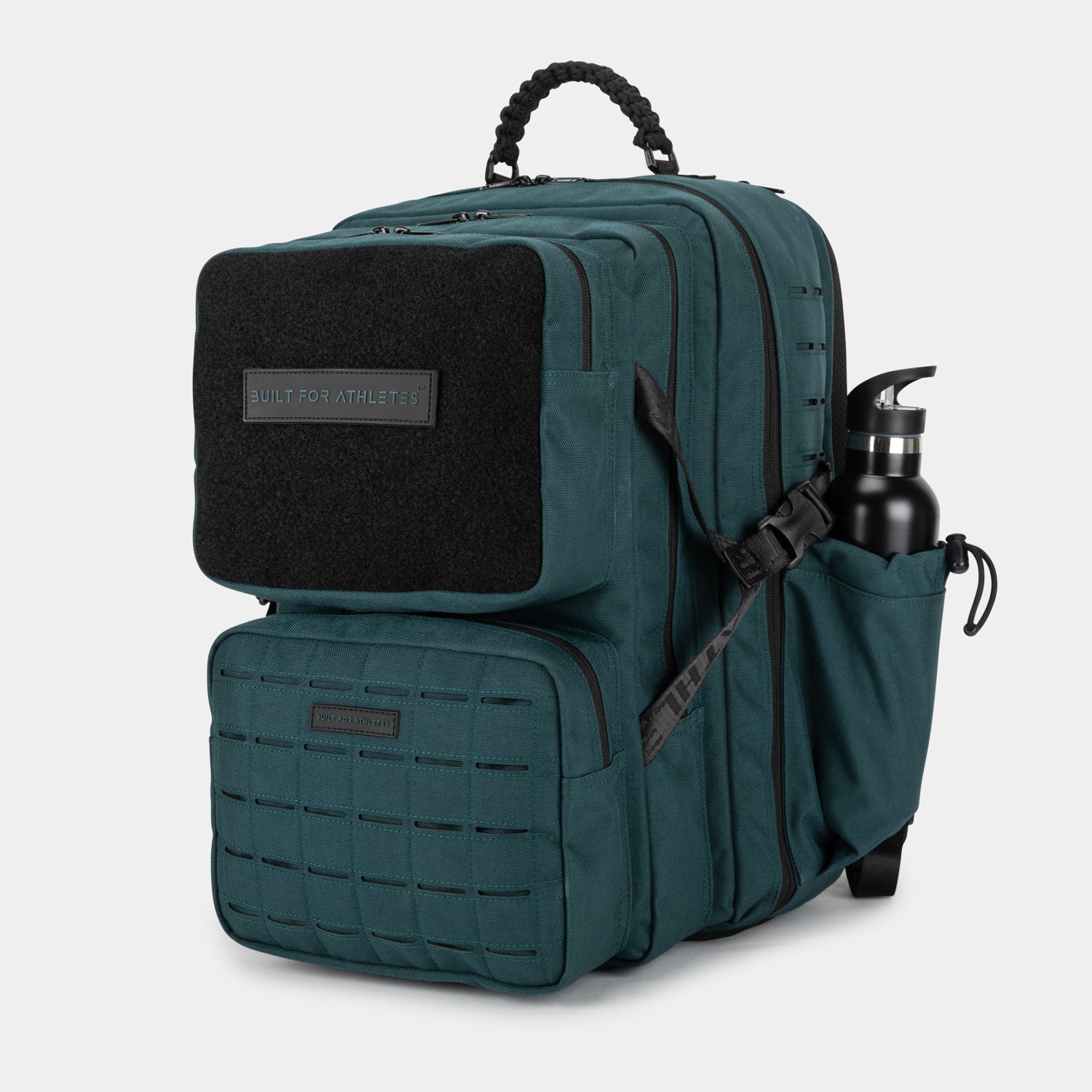


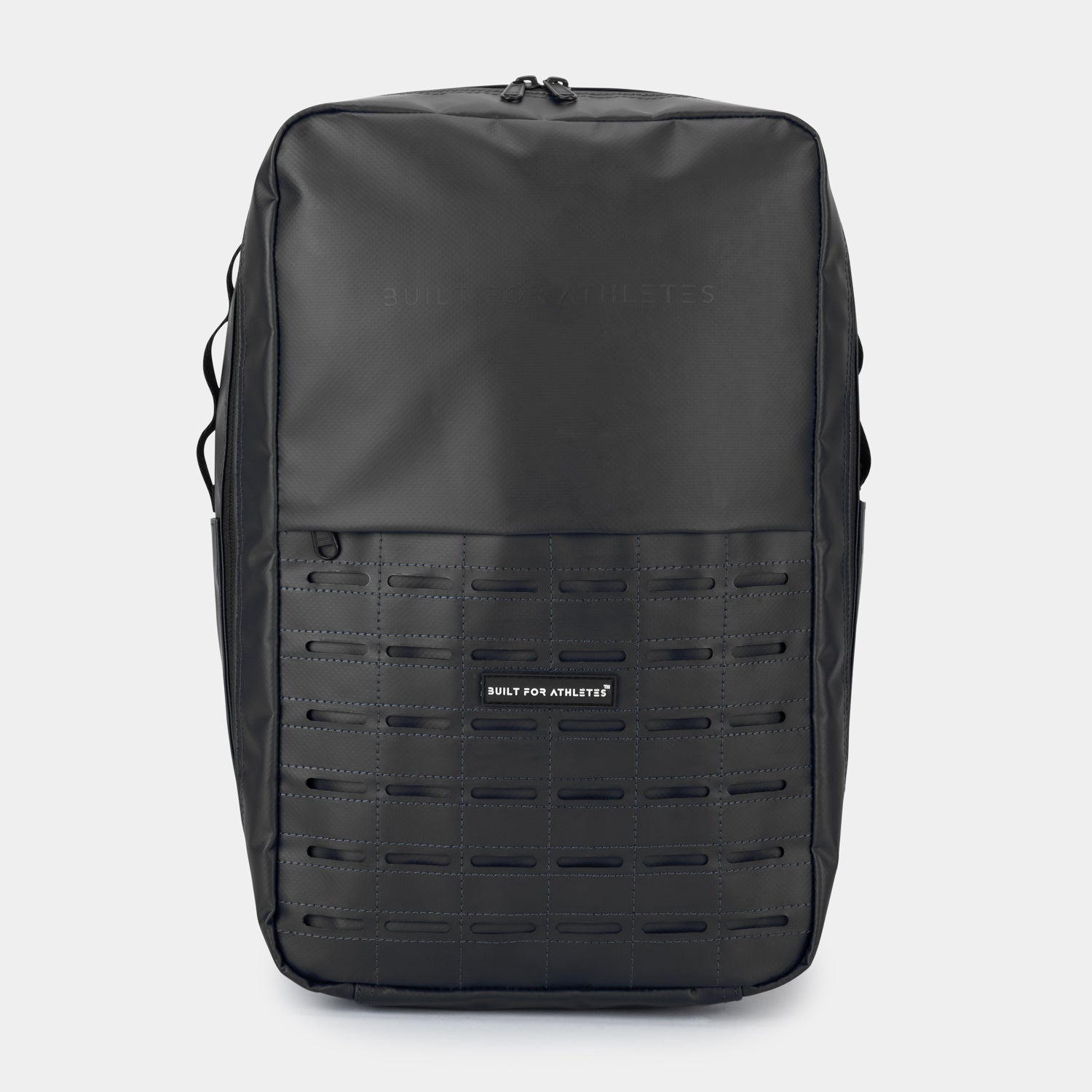
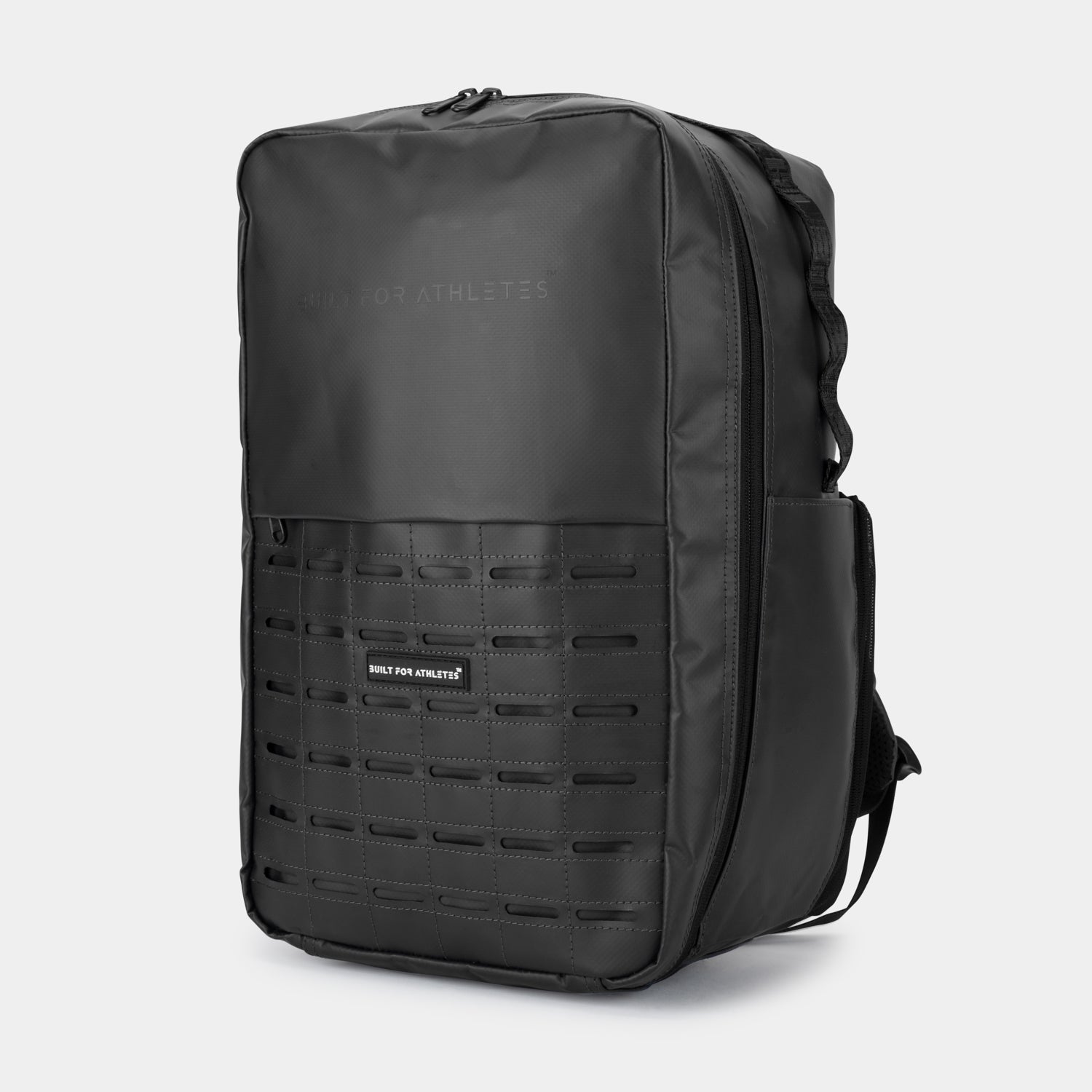
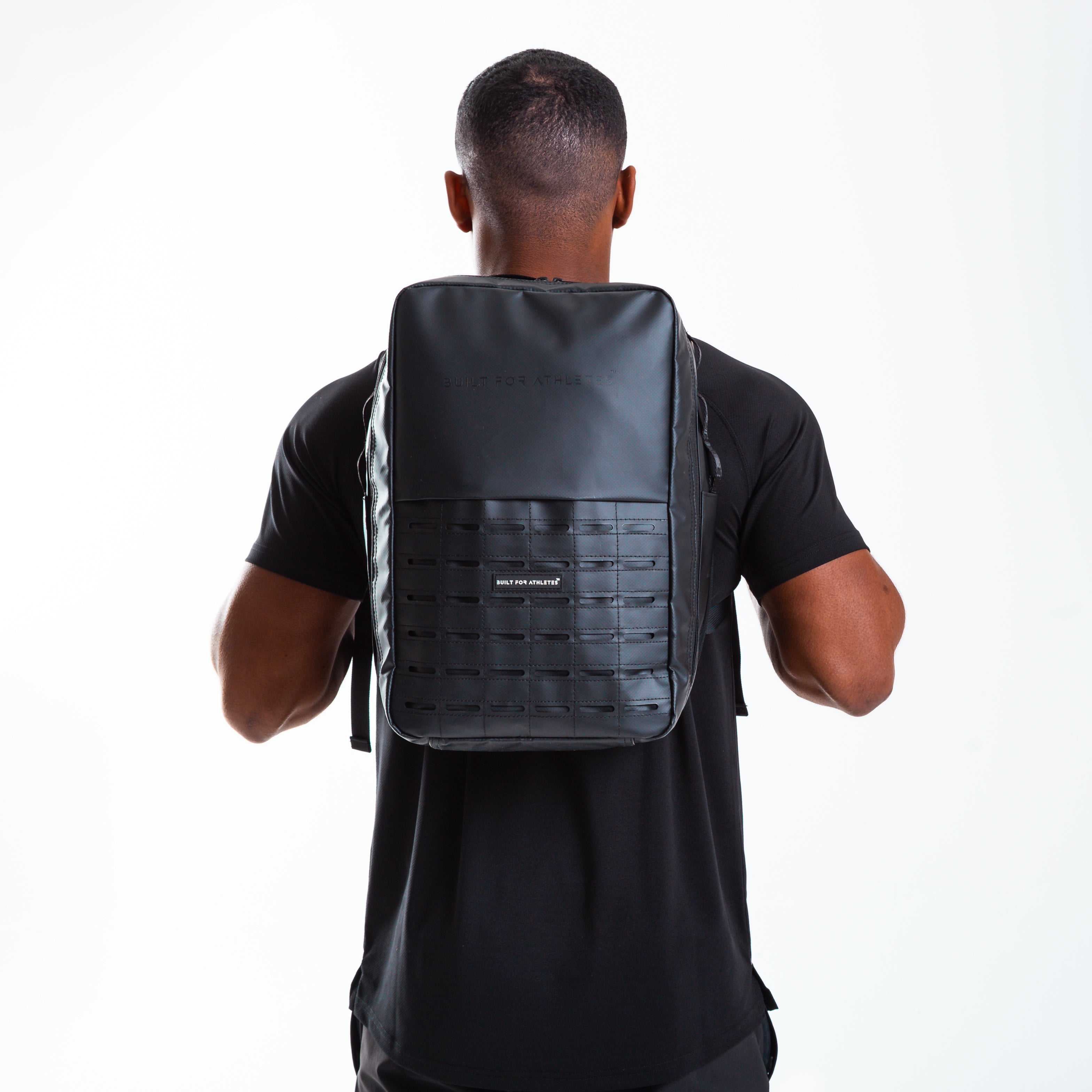




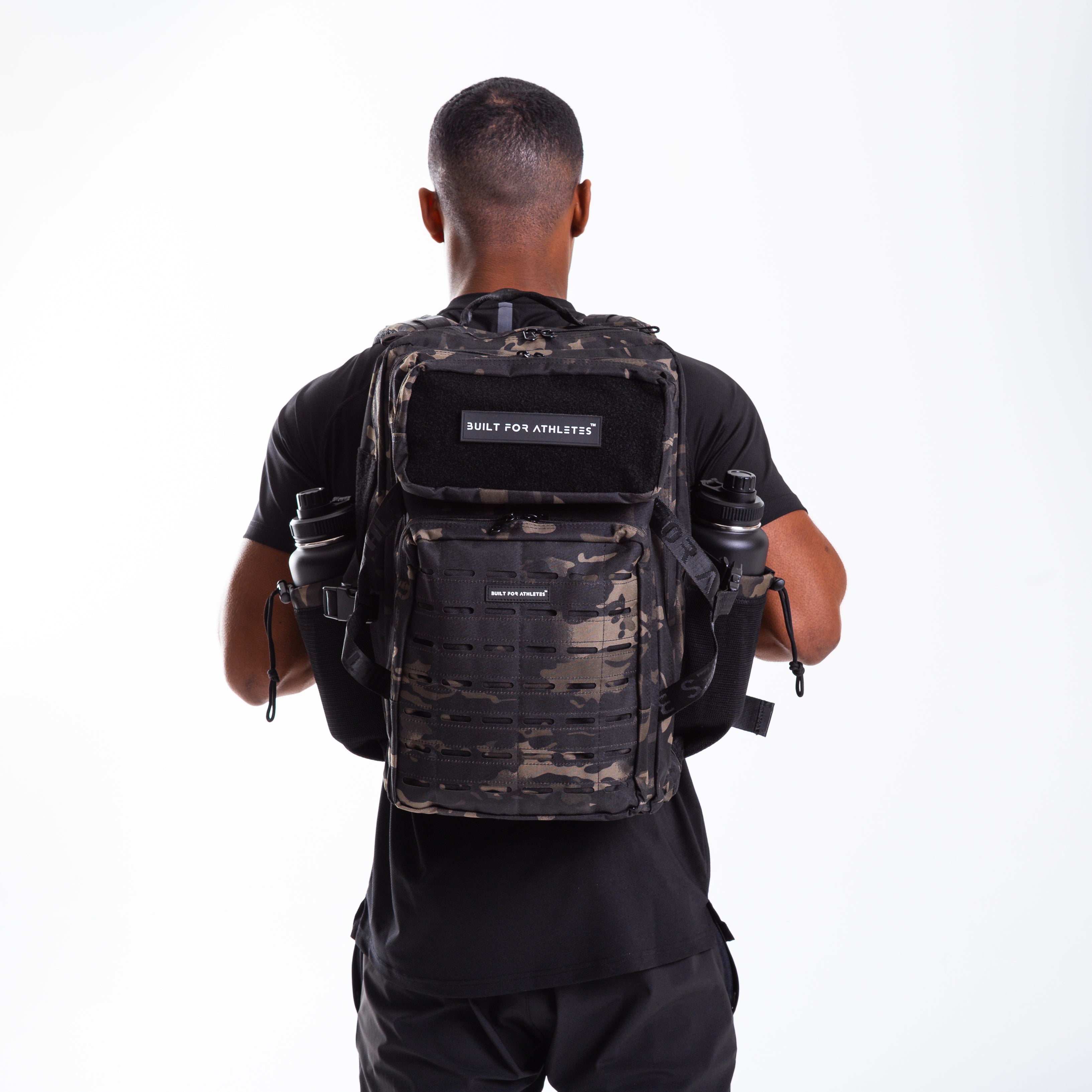
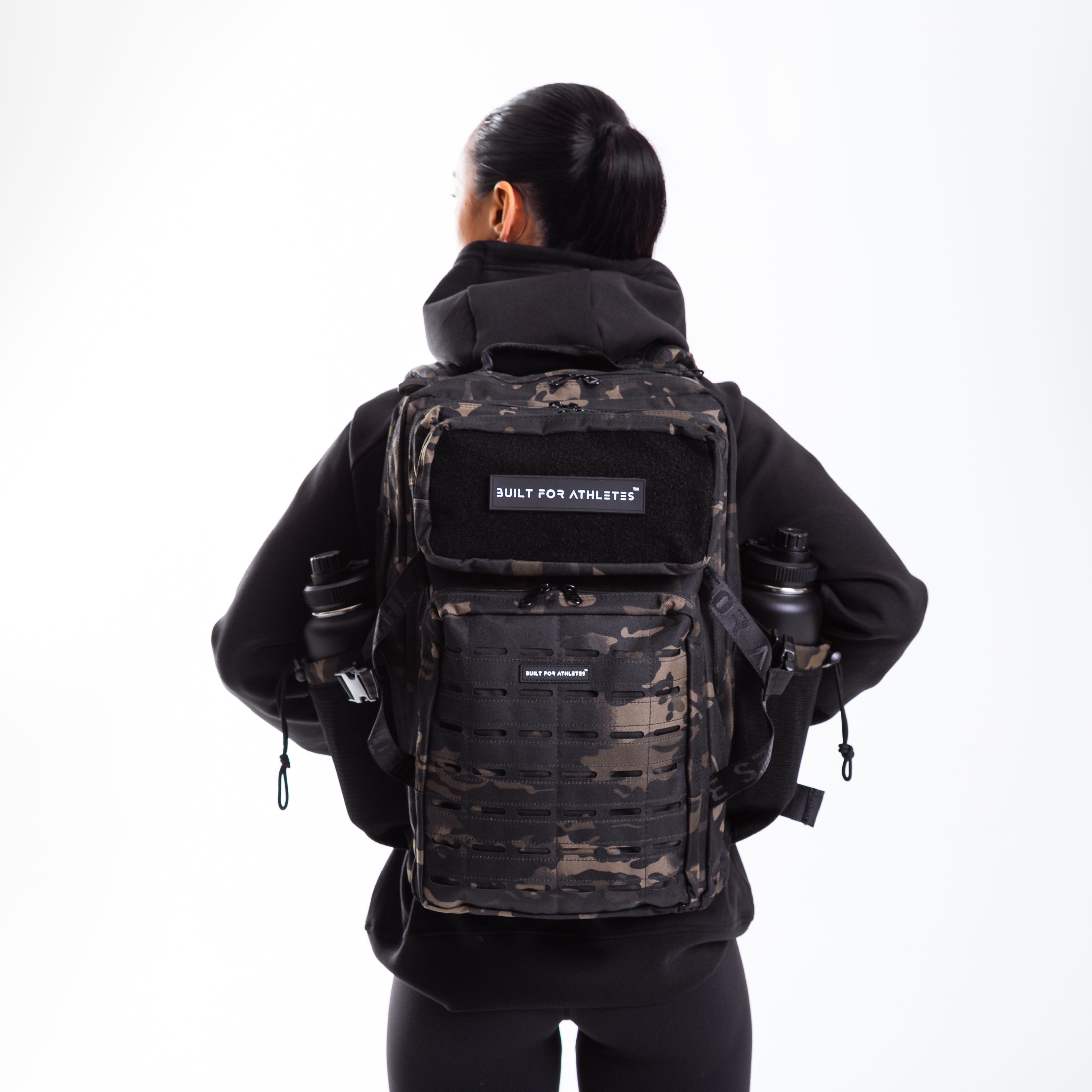
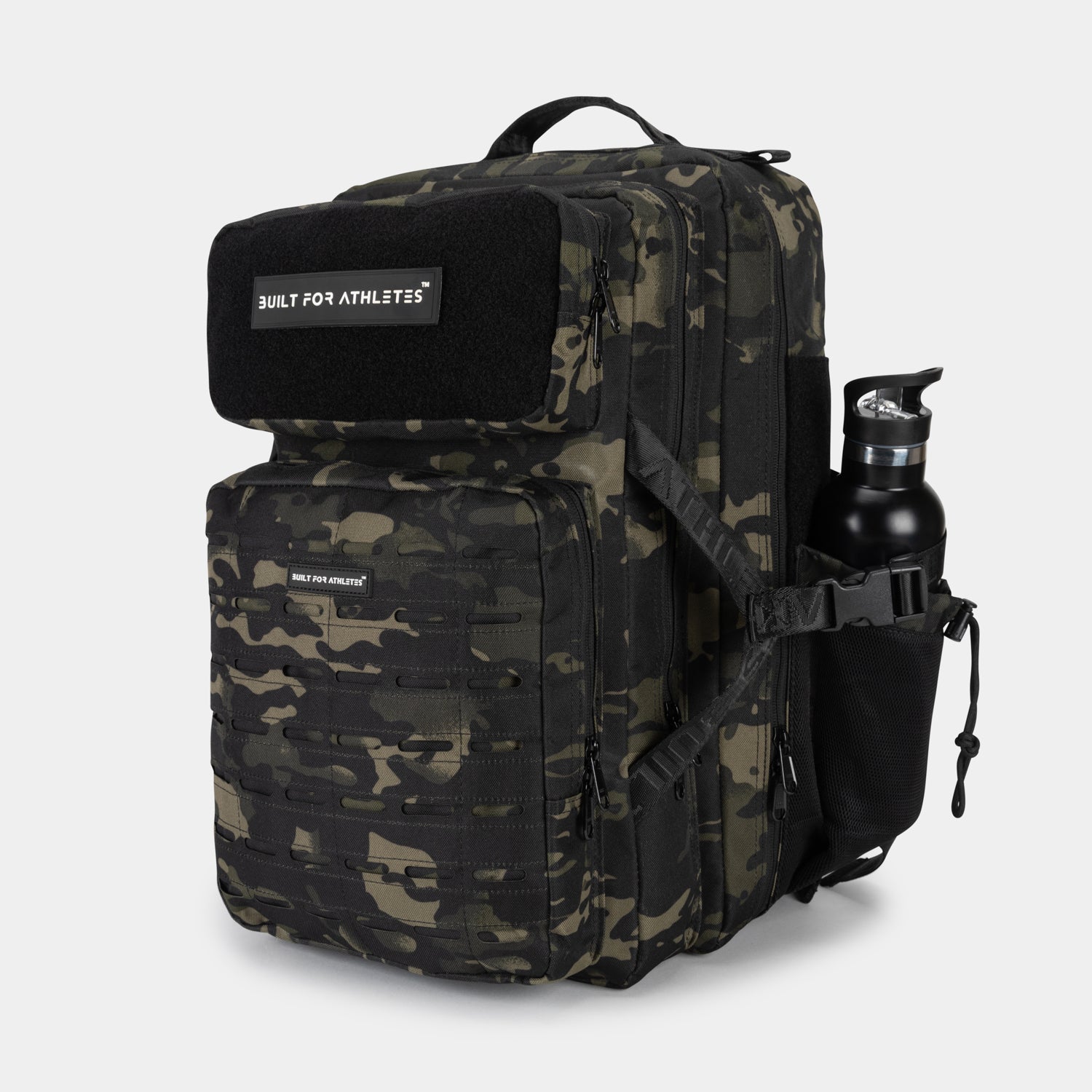
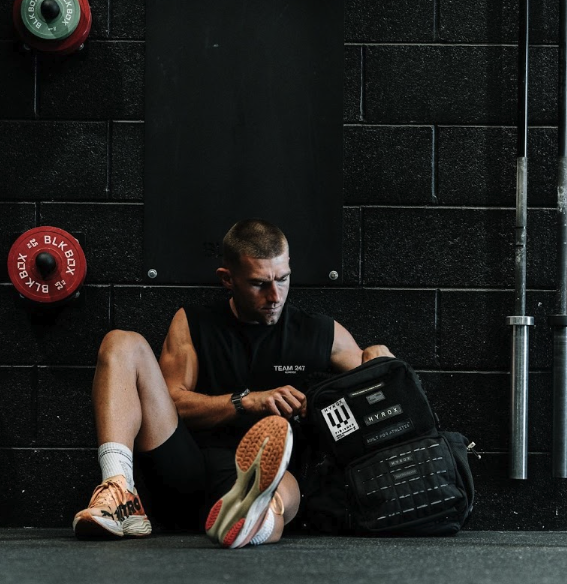

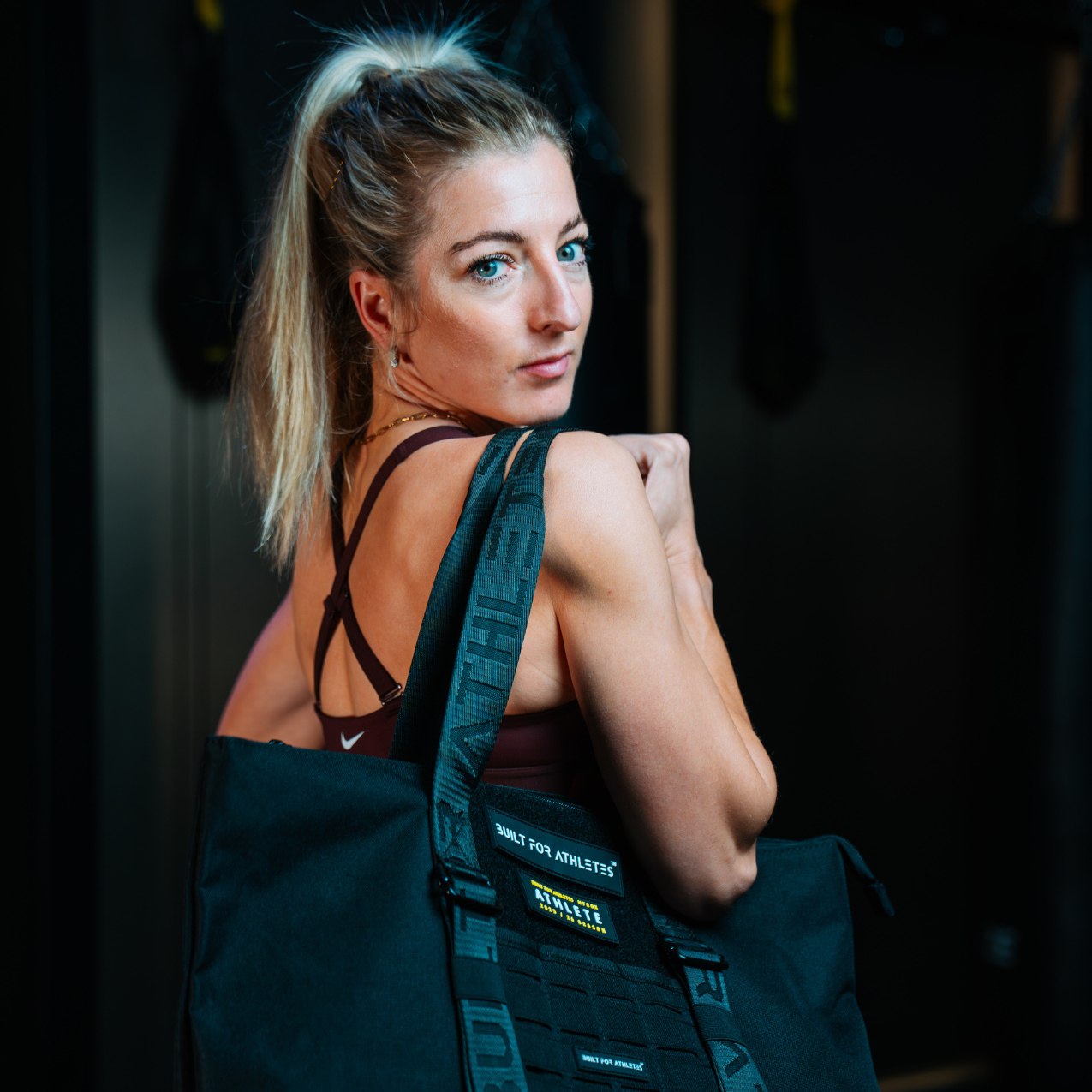
Teilen Sie:
#WOTW: Zara Piergianni Series
#WOTW: Jake Dearden HYROX Series